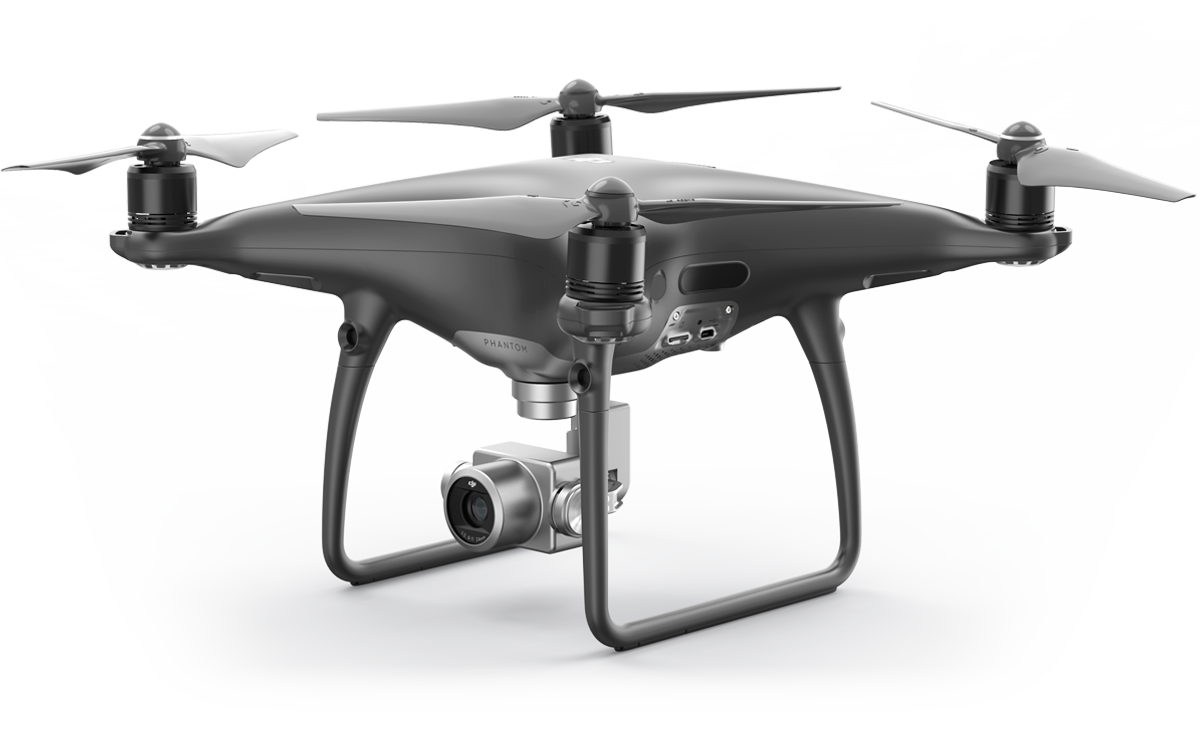

If exposing for the mid-tones means using a lower exposure than the ETTR method, it will result in more noise in the shadows in exchange for better highlight retention in the brighter regions of your image. However, note that D-Log footage can get very noisy if underexposed. For the way I shoot, it's the 'sweet spot' for maximum dynamic range retention.Īlternatively, you can optimize exposure for the mid-tones when shooting in D-Log. Exposing this way for D-Log allows for less noise in the shadows while maintaining highlights as much as possible. This is a technique called expose to the right, or ETTR. In the image above, note that my histogram is exposed as far to the right side of the scale as possible without clipping my highlights.
DJI PHANTOM 3 PRO VIDEO FORMAT HOW TO
There are different schools of thought on how to best expose when shooting in Log, but I'll share what has worked consistently for me. When shooting D-Log, I've had good experience using the expose to the right (ETTR) technique in order to get more shadow detail while preserving highlights. We'll be using my screenshot below to point out some key settings. Now that your drone is set to shoot in D-Log, let's discuss some best practices and tips for properly exposing your footage. Keep in mind that the image above is from the DJI GO 4 app using the Phantom 4 Pro menus may look slightly different on different models, but it should be the same basic procedure. Your drone should now be set up and ready to record footage in the D-Log profile.

This can give you a bit more flexibility in post-processing since you're not baking things such as the default sharpness level into the file. I also recommend going to the 'Style' settings and creating a custom style with contrast, sharpness, and saturation all dialed back to -3. I also recommend going to the Style settings and creating a custom style with sharpness, contrast, and saturation set to -3 to give yourself more flexibility in editing. To set up D-Log using the DJI GO app, simply navigate to the Color settings in video mode and select the D-Log profile. Once selected, you're ready to shoot in D-Log. You'll find D-Log under the 'Color' settings, along with all the other color profiles. To set your Mavic Pro, Phantom, or Inspire to shoot in D-Log, make sure you're in video mode and navigate to your camera settings. In this article, I'll show you how to set up the D-Log profile, how to expose for it, and provide some examples of what you can achieve by shooting in D-Log and using color lookup tables, or LUTS, to color grade the final footage. But if you don't need to shoot Log to capture the dynamic range of a scene, it may not be the best choice. If you're shooting a high dynamic range scene that tradeoff may result in a net benefit.
DJI PHANTOM 3 PRO VIDEO FORMAT FREE
However, there's no such thing as a free lunch shooting in Log can reduce image quality by trying to compress too much tonal information into a limited number of bits in the file. Using D-Log can give you more flexibility in your post-production by retaining a wider tonal range, allowing you more latitude to apply your color and style choices during editing. If you don't need to shoot Log to capture the dynamic range of a scene, it may not be It's DJI's implementation of a Log gamma curve, designed to capture as much tonal information as possible.ĭJI's standard picture profiles can be vivid and punchy, but similar to shooting JPEG format on a stills camera, using them can make it impossible to recover highlights or shadows if clipping occurs in high contrast scenes. Fortunately, many of DJI's drones offer a useful picture profile called D-Log. One of the challenges of shooting video with a drone is dealing with high dynamic range lighting situations.


 0 kommentar(er)
0 kommentar(er)
